A decaying, aging hulk of a building in or near downtown today could be tomorrow’s next premier, Class A office space. Why? Because that’s the most economical way that new office space can be added to Cleveland’s Central Business District (CBD).
Absent a sudden jump in rents, new public subsidies or a large company pursuing a new building for itself, adding new CBD office space has proven to be extremely difficult. For those reasons, groundbreakings for two new-construction speculative office towers have been postponed indefinitely — a 24-story high-rise at nuCLEus and a 10-story mid-rise at Market Square in Ohio City.
Developers of both projects sought to create or tap unusual public financing mechanisms that have failed to materialize so far. The reason public financing is needed is because Class A office rents of $23.75 per square foot in Cleveland’s CBD don’t come close to covering the cost of construction.
Real estate developers lament that the cost of new buildings in downtown Cleveland approaches that of larger cities, primarily due to the cost of materials. Contrast that with Cleveland’s top-rung office rents. Meanwhile office rents average $50-$90 per square foot in the CBDs of Chicago, Toronto or New York.
The last new construction office tower in downtown Cleveland was the 21-story Ernst & Young building built in 2012 at Flats East Bank. That project relied heavily on about $30 million in funding from the EB-5 “investor visa” program which has since been curtailed due to recent problems.
And yet the market demand exists in downtown Cleveland for new Class A office space. Vacancy rates have dipped to anywhere between 9.5 percent according to Cushman & Wakefield and 13.3 percent according to Colliers International. That’s the threshold a market usually needs in order to trigger construction of new, speculative office buildings. But that’s not happening in Cleveland — yet.
“Class A properties have been in high demand, reflecting the flight to quality that many companies believe necessary to attract and retain talent. Notably, the Central Business District (CBD) and Chagrin Corridor submarkets have seen strong leasing activity,” wrote Colliers International in its second quarter 2019 office market report.
But the office market has taken a step backwards in 2019 and especially in the third quarter, according to the latest report by Newmark Knight Frank.
“The CBD led the market in negative net absorption for the third quarter in a row, as this sub-market gave back 172,408 square feet in the third quarter, bringing the total space returned so far this year to 417,420 square feet,” NKF wrote in its report.
“Downsizing and rightsizing initiatives by occupiers in the CBD have put a damper on an otherwise vibrant year for the sub-market. Despite the space losses, the overall asking rent (in all classes) in the CBD rose by $0.08/SF to $19.32/SF, as the (CBD) sub-market reclaimed the highest average from the East (sub-market),” NKF added.
Authors of the NKF report noted the uncertainty involving the major projects mentioned earlier, namely the office components of the Market Square and nuCLEus projects, as well as the Cleveland Foundation’s pending relocation of its offices from Playhouse Square to Midtown.
So unless you’re a CEO building a new office building for your own large company, as Sherwin-Williams is considering, adding new-construction office space in Cleveland’s Central Business District is proving extremely difficult.
Although, Sherwin-Williams is likely to reserve a couple hundred thousand square feet of extra office space to allow for future expansion — space that might be leased out temporarily to other users.
The above market factors are why Millennia Cos. has traded 400,000 square feet of proposed office space for residential in its pending rehabilitation of the 1.3-million-square-foot Centennial project at 925 Euclid Ave. It is also faced with a year-end deadline of having to use a $25 million Ohio historic tax credit or lose it. Construction must get underway soon. Millennia can’t wait for a 40,000 to 50,000 square foot anchor office tenant to emerge.
| A redesigned entrance to CityBlock, formerly The Avenue at Tower City Center, seen from Prospect Park, now Prospect Avenue between West 2nd and West 3rd streets (Vocon). |
That doesn’t mean the CBD office market is on life support. Far from it. Developers are finding ways to be more creative and cost effective in delivering more office space to the market. And they’re doing so while providing the kind of open-floor, more interactive office spaces that today’s younger tenants and entrepreneurs want.
Plus, there are more public funding tools for renovating historic structures into modern offices than there are for building new office buildings from scratch. These include state and federal historic tax credits as well as federal New Market Tax Credits to distressed areas and the city’s Job Creation Incentive Program that offers grants and refundable loans.
One of the CBD’s most visible office development projects is CityBlock that will convert the mostly retail portion of Tower City Center into a unique office complex. At least a half-dozen tenants have been identified, including Stripe, CYBR, Bunq, Ezza, TEDx so far. A naming rights partner is also near to signing, said Jon Pinney, Managing Partner at Kohrman Jackson & Krantz LLP.
First envisioned as a tech hub for blockchain- and digital-related companies, backers of the project have embraced a broader goal of an entrepreneurial hub. Bedrock Cleveland Co., Blockland Cleveland, JobsOhio and others are funding the $110 million first phase that could get underway in early 2020.
“It (the tech hub-only vision) doesn’t include the people who need help now, the local entrepreneurs,” said Blockland founder Bernie Moreno. “This hub has to be at Tower City — it’s our central location for transit. Entrepreneurship is about networks and making connections. If we take 50 percent of the impoverished in this region and turn them into the middle class or more, what’s the economic impact of that?”
A potential competitor for CityBlock could be The Zepplin, formerly the Ambassador Lanes, 1500 Superior Ave. Victor Shaia, through Ambassador Superior LLC, purchased the three-story, 96,000-square-foot, 99-year-old former bowling alley in April 2015. It features two levels of parking with ground-floor retail, with the third floor offering a 30,000-square-foot office level and a 6,000-square-foot mezzanine.
Architecture Office (AO) was approached by Shaia to provide conceptual designs and interior layouts to provide flexible work areas and marketing. After working closely with Shaia to determine identity, image and spatial goals, AO provided an overlay of expandable work areas.
But the bigger office development on the east side of downtown — also involving the conversion of historic building uses — is that of CrossCountry Mortgage, LLC. After buying up a 6-acre block of downtown buildings in the final days of 2018 and renovating them in 2020, CrossCountry CEO Ron Leonhardt, Jr. will move his fast-growing, 450-employee firm from Brecksville to downtown.
The six-acre block is bounded by Superior, East 21st and East 22nd streets, plus Payne Avenue. All 16 of the parcels in that block were bought on Dec. 28 by CC Superior Holding LLC for $849,500, according to Cuyahoga County records. Leonhardt said CrossCountry, founded in 2003, could see its headquarters staff grow to 1,000 employees in five years.
A source says that news of the renovation will be announced “soon” now that Tap Packaging Solutions (formerly The Chilcote Co.), the block’s remaining occupant, has moved its 125-employee operation to a plant on Tiedeman Road in Brooklyn. The other buildings in the block were mostly vacant.
Lastly, New York City-based office investor Somera Road Inc. made an interesting acquisition earlier this year. On April 3, it acquired from the Frangos Group the former Ohio Bell Telephone Co. building, 1020 Bolivar Rd. (not to be confused with the 27-story AT&T, former Ohio Bell tower north of Progressive Field). The purchase price was?$10,350,000.
Cushman & Wakefield’s second-quarter 2019 office market analysis said 1020 Bolivar’s sale is “signaling yet another large redevelopment project in the works that will yield more office supply to match increased demand.”
The 108,508-square-foot group of structures offers parking on the lower levels. The largest building, a four-story structure with 36,169-square-foot floorplates, can have additional floors added on top of it, according to marketing materials posted on LoopNet.
Somera Road acquired 1020 Bolivar even though it has owned for three years a completely vacant, 564,976-square-foot office building called The Ellipse, formerly 45 Erieview Plaza, on the southeast corner of East 9th Street and Lakeside Avenue. The 16-story office building was built in 1983 for the Ohio Bell Telephone Co., later Ameritech.
END

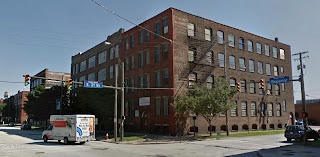
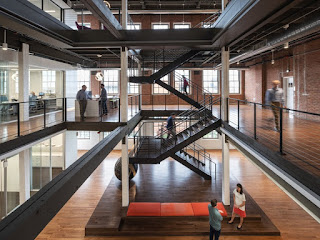

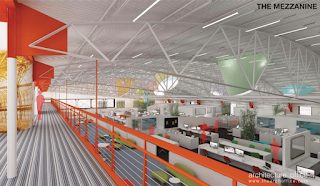
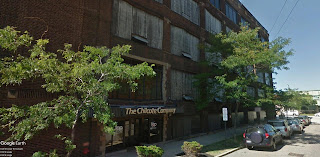

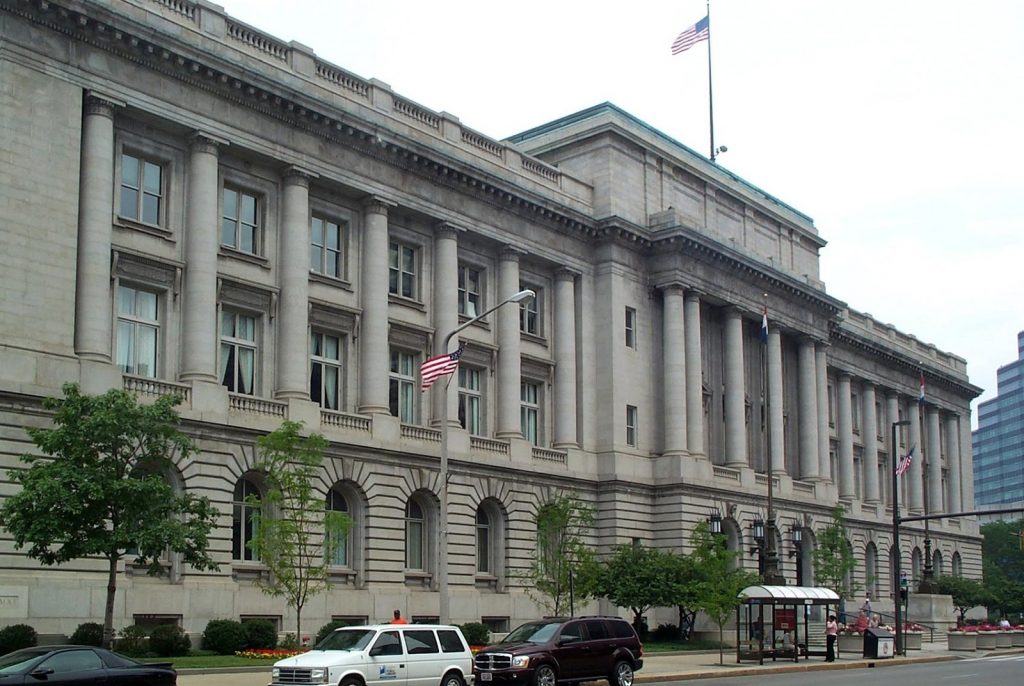
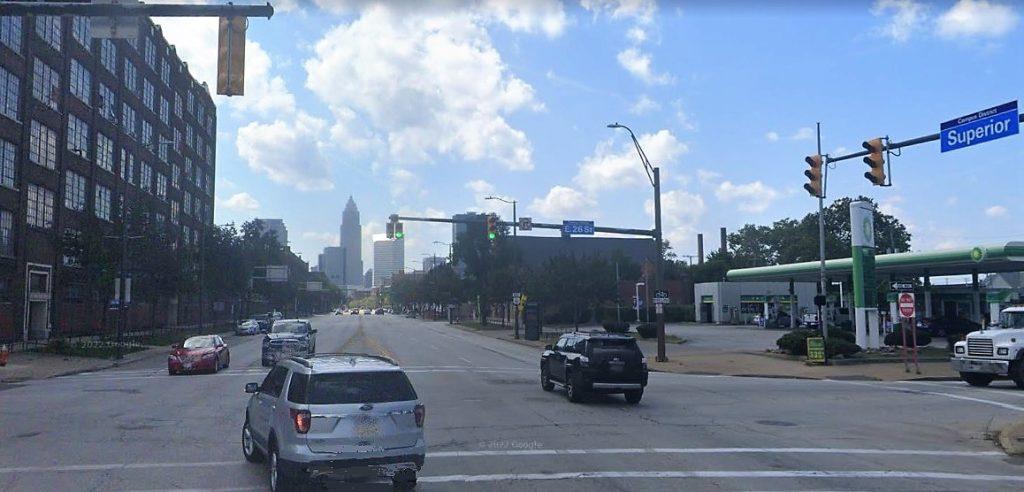
Another great article Ken!
Which of these projects do you think maybe started first and in what kind of timeline?
Thanks
Larry
I don't think Zeppelin or the other projects has started yet but city block will probably be the first since it has so much momentum
I'm going with CrossCountry because the entire block their CEO/partnership owns is now vacant and they can renovate one building at a time.